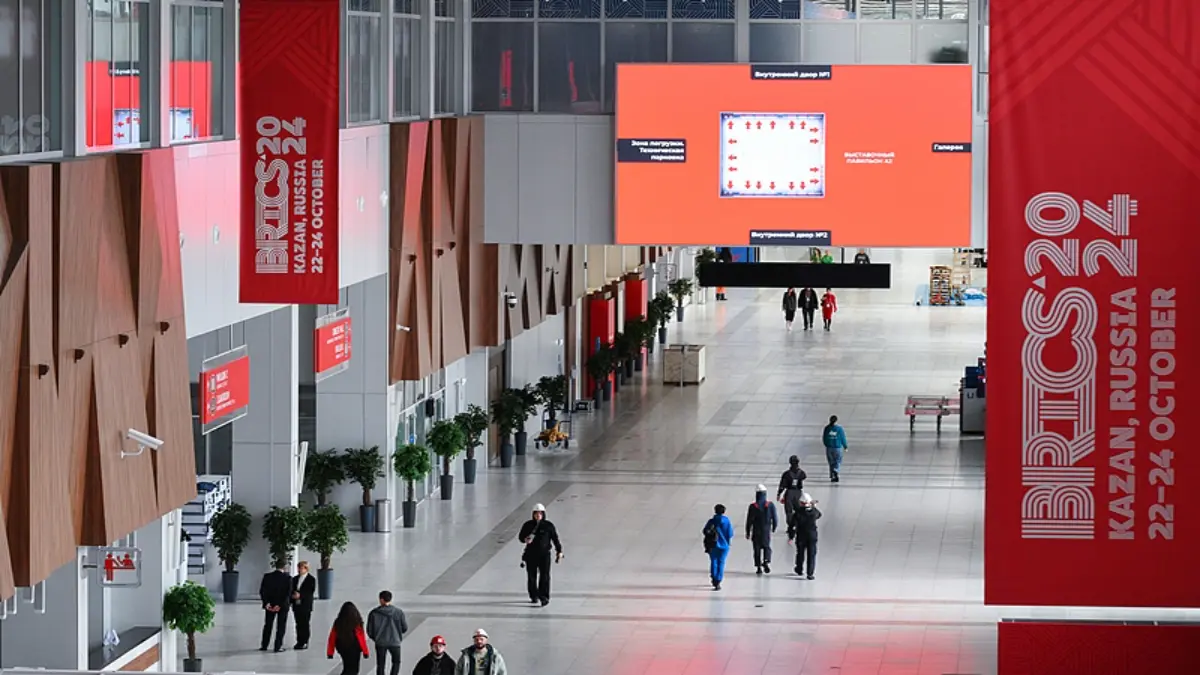
The 2024 BRICS Summit in Kazan, Russia, is not just a formal diplomatic gathering—it’s a moment that underscores a shifting global landscape. The summit, running from October 22-24, is the first major meeting since BRICS expanded its ranks.
This time, it includes not just the original five members—Brazil, Russia, India, China, and South Africa—but five new nations: Saudi Arabia, Egypt, the UAE, Iran, and Ethiopia. This expansion signals the coalition’s ambition to provide a counterweight to Western-led global institutions and foster a more diverse geopolitical order.
The core theme, “Strengthening Multilateralism for Just Global Development and Security,” isn’t just about economic terms; it’s a call for more equitable decision-making on the world stage. The discussions aim to bridge gaps in global power dynamics, providing a platform for countries often sidelined in organizations dominated by Western influences like the G7 or G20.
Welcome to BRICS Summit 2024 in Kazan, Russia. pic.twitter.com/ISVNwEmnzp
— BRICS News (@BRICSinfo) October 22, 2024
One key agenda item is to create a new BRICS payment system to reduce reliance on the US dollar. This move hints at a future where BRICS countries have more control over their financial transactions, protecting them from the geopolitical risks tied to the dominant Western banking systems. Other pressing topics include combatting climate change, reinforcing energy security, and ensuring stable supply chains. These are not just technical points but matters that impact everyday lives—from the stability of jobs to the prices of essential goods.
The summit also emphasizes a broader “Global South” solidarity, inviting leaders from countries across Asia, Africa, and Latin America to participate. This is about recognizing that global challenges, like climate change or financial instability, require voices and solutions from a wider range of perspectives, particularly from those who are most affected.
With the attendance of global figures, including the UN Secretary-General and leaders from 32 nations, this gathering is not only a test for BRICS’ expanded vision but also a signal to the rest of the world. While internal differences among members—political systems, economic strengths, and global strategies—remain a challenge, the summit is seen as a step toward redefining what a multipolar world might look like in practice.
